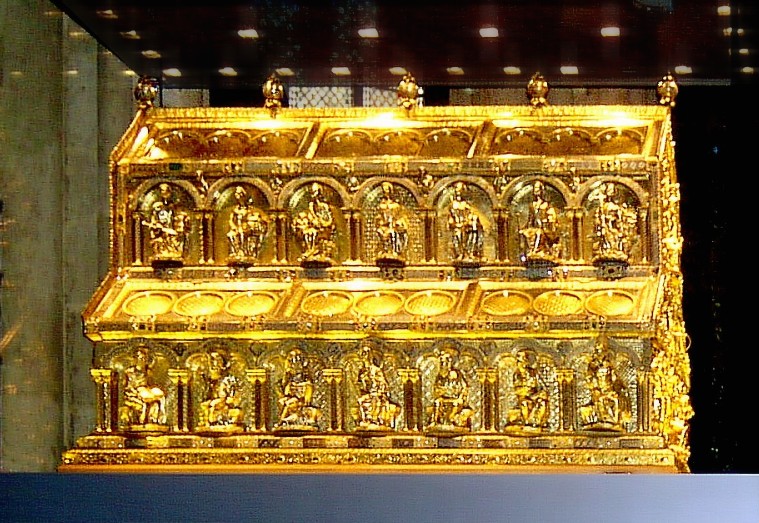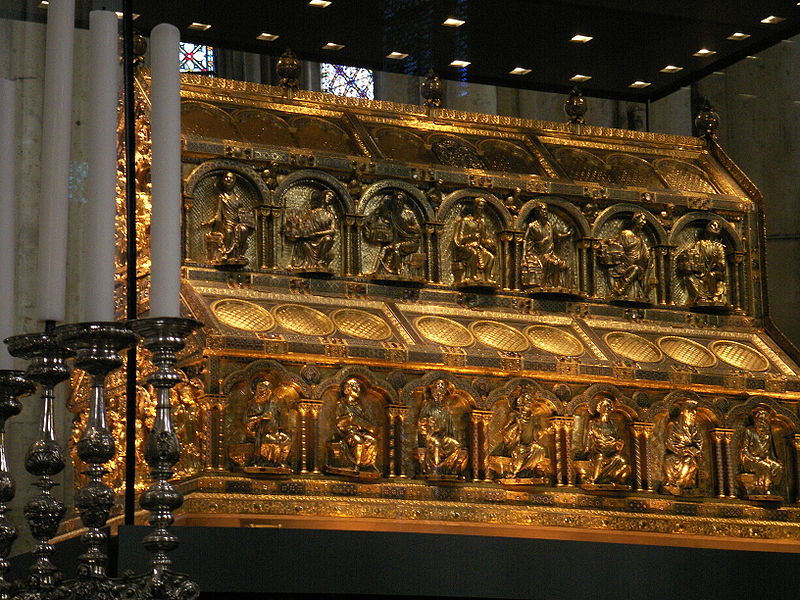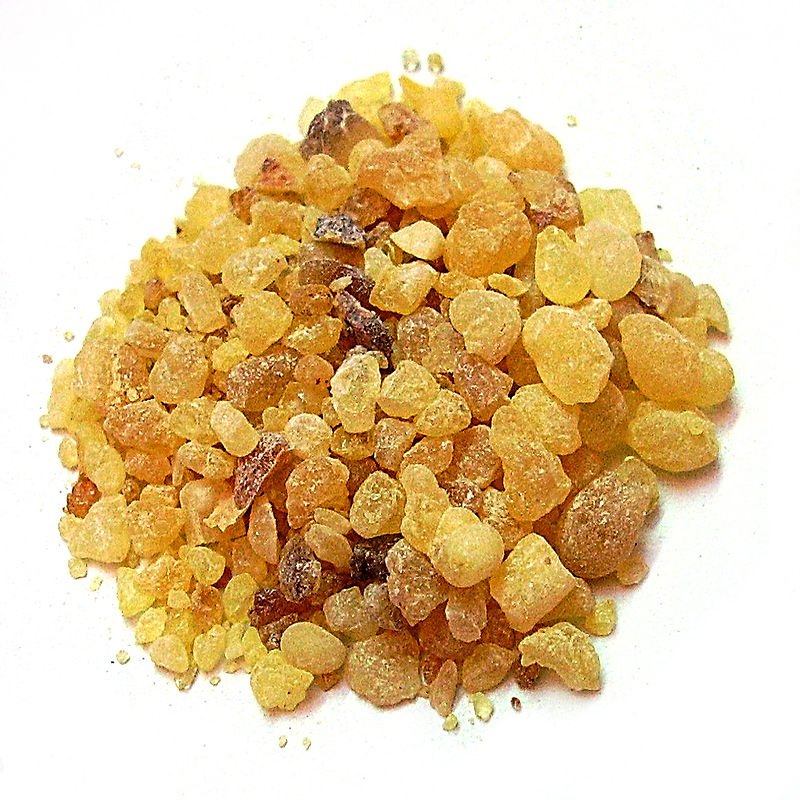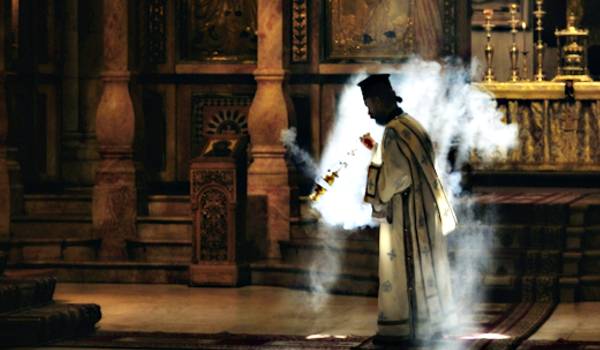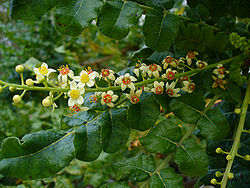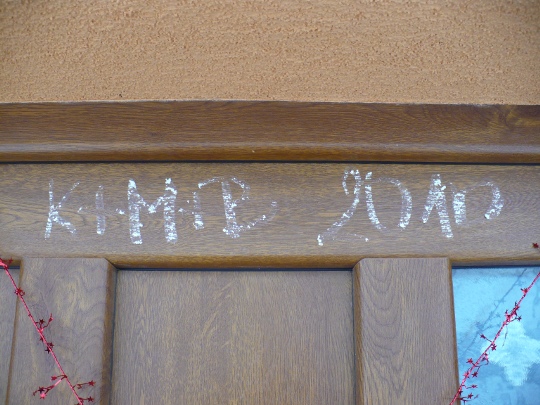Although the Magi are most often associated with Christmas and Epiphany on December 25 and January 6 each year, they are also associated with July 23, the day their bodies (relics) arrived in Cologne, Germany in 1164.
The relics of the Magi were taken from Milan by Holy Roman Emperor Fredrick Barbarossa and given to the Archbishop of Cologne, Rainald of Dassel in 1164. The Three Kings have since attracted a constant stream of pilgrims to Cologne. Parts of the shrine were designed by the famous medieval goldsmith Nicholas of Verdun, who began work on it in 1180 or 1181. It has elaborate gold sculptures of the prophets and apostles, and scenes from the life of Christ. The shrine was completed circa 1225.
Around 1199, King Otto gave three golden crowns made for the three wise men as a present to the church of Cologne. Because of the importance of the shrine and the cathedral for the later development of the city, the Coat of Arms of Cologne still shows these three crowns symbolizing the Three Kings.
Construction of the present Cologne Cathedral was begun in 1248 to house these important relics. The cathedral took 632 years to complete and is now the largest Gothic church in northern Europe.
Map of Bones, a great sci-fi thriller by James Rollins, begins with the celebration of the bones of the Magi in the Cologne cathedral.
A mystery, “The Bishop and the Three Kings” by Andrew Greeley, is about the theft of the shrine.
Read more about the shrine of the Magi in Cologne here.


